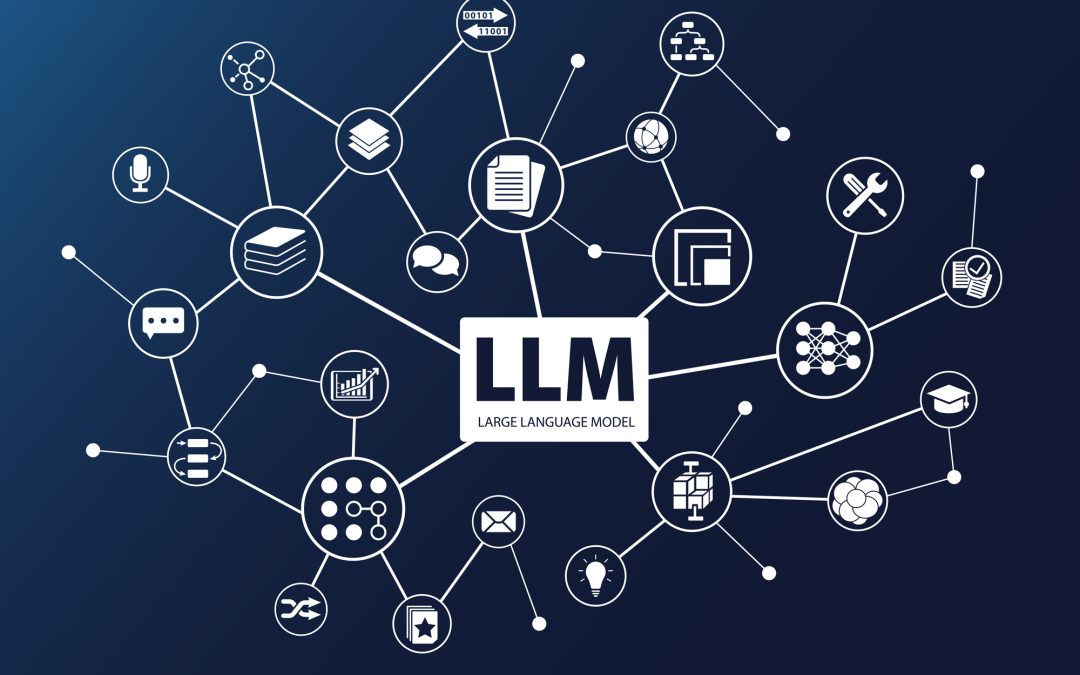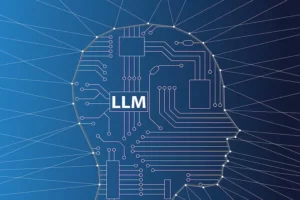Real-World Applications Of Generative AI
Large language models (LLMs) are a type of artificial intelligence (AI) algorithm that uses deep learning techniques and massive data sets to understand and generate human language. In this blog post, we’ll take a closer look at LLMs, including their definition, how they work, and their uses in AI.
Definition
A large language model is an AI algorithm that uses deep learning techniques and massive data sets to understand and generate human language. LLMs are commonly used in natural language processing (NLP) applications where a user inputs a query in natural language to generate a result. LLMs have become increasingly popular because they have broad applicability for a range of NLP tasks.
How LLMs Work
Training an LLM involves feeding it large amounts of data, such as books, articles, or web pages, so that it can learn the patterns and connections between words. The more data it is trained on, the better it will be at generating new content. Once the LLM has been trained, it can be used to generate new content based on the parameters set by the user. For example, an LLM can be used to generate a new article in the style of Shakespeare, or to provide personalized responses through a chatbot or virtual agent.
Uses of LLMs in AI
LLMs have broad applicability for a range of NLP tasks, including the following:
– Chatbots and virtual agents: LLMs can be used to generate responses that are similar to how a human might respond, making them incredibly useful for companies looking to provide customer service through a chatbot or virtual agent.
– Summarizing and generating text: LLMs can be used to summarize articles, write stories, and engage in long conversations.
– Translation: LLMs can be used to translate text from one language to another.
– Predictive text: LLMs can be used to predict the next word or phrase in a sentence, making them useful for autocomplete features in messaging apps and search engines.
– Sentiment analysis: LLMs can be used to analyse the sentiment of a piece of text, making them useful for social media monitoring and customer feedback analysis.
Large Language Models: The Future of Generative AI
Large language models (LLMs) are a type of artificial intelligence (AI) algorithm that uses deep learning techniques and massive data sets to understand and generate human language. LLMs are a subset of generative AI, which is a category of AI that creates original content. In this blog post, we’ll take a closer look at LLMs and their uses in generative AI.
What are LLMs?
Large language models are AI algorithms that use deep learning techniques and massive data sets to understand and generate human language. LLMs are trained on vast amounts of data, such as books, articles, or web pages, so that they can learn the patterns and connections between words. Once the LLM has been trained, it can be used to generate new content based on the parameters set by the user. LLMs are commonly used in natural language processing (NLP) applications where a user inputs a query in natural language to generate a result.
How LLMs Work
Training an LLM involves feeding it large amounts of data, such as books, articles, or web pages, so that it can learn the patterns and connections between words. The more data it is trained on, the better it will be at generating new content. Once the LLM has been trained, it can be used to generate new content based on the parameters set by the user. For example, an LLM can be used to generate a new article in the style of Shakespeare, or to provide personalized responses through a chatbot or virtual agent.
Uses of LLMs in Generative AI
LLMs have broad applicability for a range of NLP tasks, including the following:
- Chatbots and virtual agents: LLMs can be used to generate responses that are similar to how a human might respond, making them incredibly useful for companies looking to provide customer service through a chatbot or virtual agent.
- Summarizing and generating text: LLMs can be used to summarize articles, write stories, and engage in long conversations.
- Translation: LLMs can be used to translate text from one language to another.
- Predictive text: LLMs can be used to predict the next word or phrase in a sentence, making them useful for autocomplete features in messaging apps and search engines.
- Sentiment analysis: LLMs can be used to analyse the sentiment of a piece of text, making them useful for social media monitoring and customer feedback analysis.
What are some real-world applications of generative AI with large language models?
Generative AI with large language models (LLMs) has a wide range of real-world applications across various industries. Here are some examples:
- Content generation: LLMs can be used to generate articles, stories, and other types of content, making them useful for content marketing and journalism.
- Chatbots and virtual agents: LLMs can be used to generate responses that are similar to how a human might respond, making them incredibly useful for companies looking to provide customer service through a chatbot or virtual agent.
- Translation: LLMs can be used to translate text from one language to another, making them useful for global businesses and organizations.
- Code development: LLMs can be used to generate code snippets, making them useful for developers and non-technical people alike.
- Sentiment analysis: LLMs can be used to analyse the sentiment of a piece of text, making them useful for social media monitoring and customer feedback analysis.
- Image generation: LLMs can be used to transform text into images and generate realistic images based on a setting, subject, style, or location that they specify.
- Dialogues, headlines, or ads: LLMs can be used to create dialogues, headlines, or ads through generative AI, which is commonly used in marketing, gaming, and communication industries.
Overall, LLMs have a wide range of applications in generative AI, and their potential for improving customer service, generating new content, and analysing data is immense. As LLMs continue to evolve and improve, they will undoubtedly play an increasingly important role in the future of generative AI.
Conclusion
Large language models are a powerful tool in the world of AI, with broad applicability for a range of NLP tasks. While there are concerns about the potential misuse of LLMs, their potential for improving customer service, generating new content, and analyzing data is immense. As LLMs continue to evolve and improve, they will undoubtedly play an increasingly important role in the future of AI.


